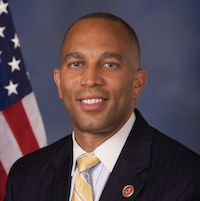This article is republished from The Conversation under a Creative Commons license. Read the original article.
Rowhea Elmesky is Assistant Professor of Education at Washington University in St. Louis.
Olivia Marcucci is Assistant Professor of Education at Johns Hopkins University.













